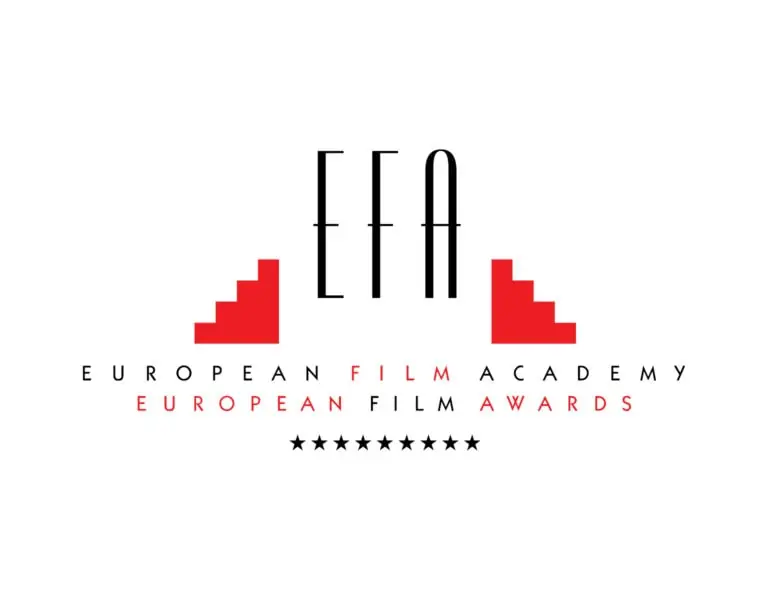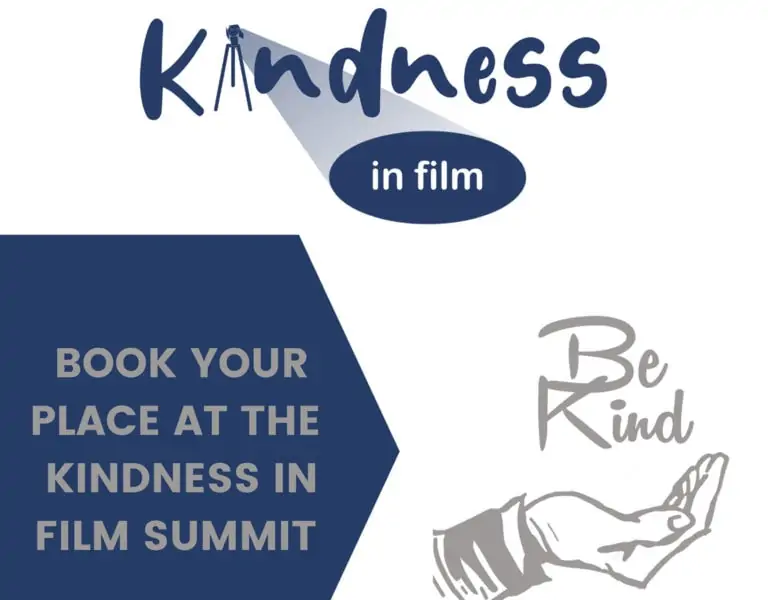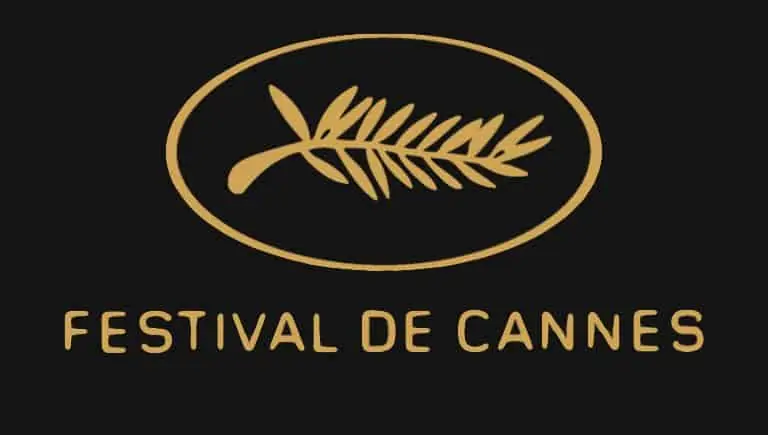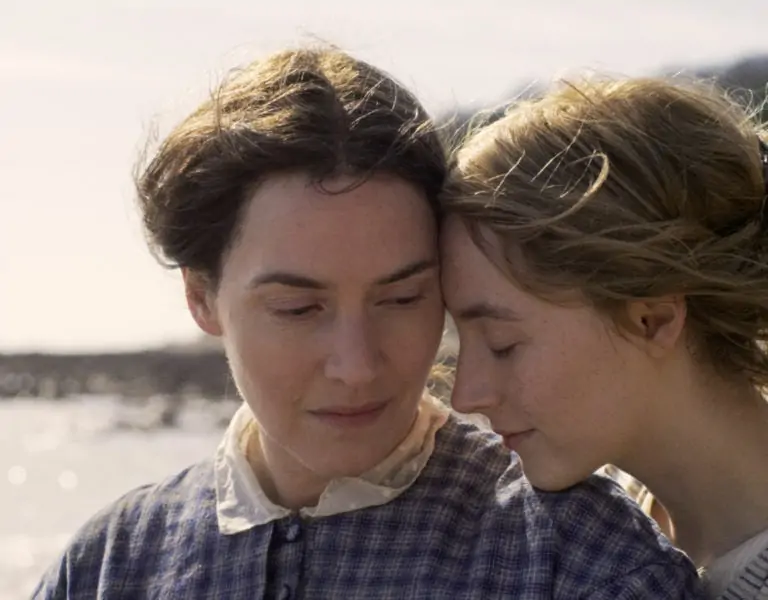Long live film!
Apr 20, 2016
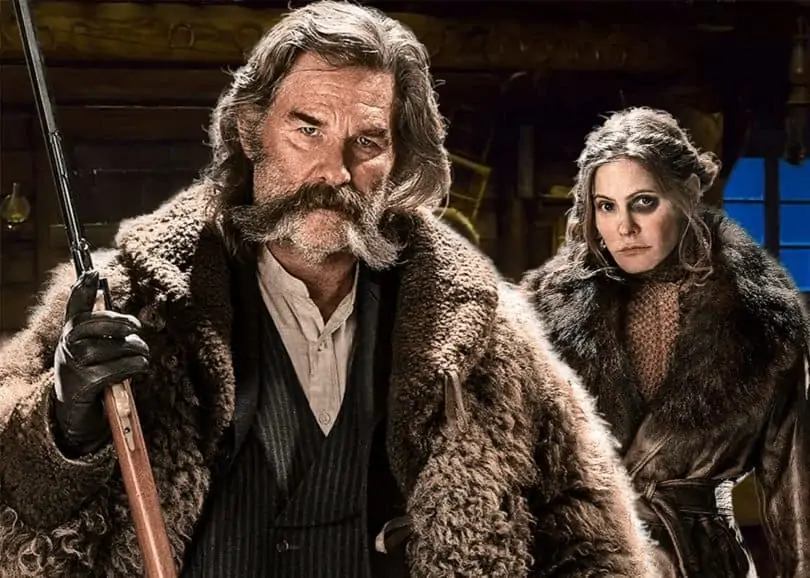
Whoever said the medium of film is dead? Pah! It has been said many times over recent years and, with the challenges Kodak had a year or so ago, it looked like the writing was on the wall for the much-loved medium. In the past few years there has been a lot of attention and speculation on the future of film, and within the past year or so there has been a great deal of filmmakers’ efforts to keep Kodak producing film. A restructuring of the brand seems to have been a bold move, yet appears to have paid off for Kodak.
It has actually been a stunning year for the continuation of the medium of film. Many BAFTA and Academy Award-nominated movies shot on the medium in 2015, with a good deal of them being big budget movies, not just small art films. For example, in the past year the following movies have been released, all shot on film. Some may surprise you. Star Wars, Bridge Of Spies, The Big Short, SPECTRE, Mission Impossible, Carol, Joy, Steve Jobs, Trainwreck, Love And Mercy and Black Mass to name but a few.
In 2015 almost 100 major movies were shot on film! The Hateful Eight directed by Quentin Tarantino was even filmed with Ultra Panavision 70 cameras and Ultra Panavision 70 lenses. Ultra Panavision 70, the extremely wide film format has not been used in a movie since 1966! The Weinsteins and many other keen partners arranged for 100 theatres around the USA to exhibit the movie in the Ultra Panavision 70 format for a special “roadshow” version. At the other extreme of the film format scale, the photography on Carol was shot on Super16mm by DP Edward Lachman ASC. The film was rightly nominated for both a BAFTA Award and Academy Award for its cinematography.
All the directors and DPs of the above films have created a huge visible movement to encourage more filmmakers to keep on using the medium. With major players in the business such as Steven Spielberg and JJ Abrams aiming to keep the film medium healthy and vibrant the campaign seem to be working spectacularly well so far.
The journey has not been all straightforward, however, as some of the technology and expertise has already gone, or has at least been extremely difficult to source. For The Hateful Eight to be created meant a great deal of effort and determination by the filmmakers to make it all happen. For example there were custom camera magazines and also film lengths created especially for this film. They needed to re-engineer and modify the Anamorphic lenses that had not been used for over 50 years. The effort did not end there, specialists were called in to retool the mechanism of the 65mm cameras to shoot in Ultra Panavision at an aspect ratio of 2.76 :1. It all had to work flawlessly in the five months it took to shoot in freezing temperatures and incredibly harsh environments.
Projecting the finished film print as it was meant to be seen was an equally impressive engineering achievement The engineers needed to build new 70mm film projectors from a variety of old projectors and parts they sourced and acquired on EBay! After they had achieved that they then needed to coordinate and liaise with the various cinema theatres across the country to get these new projectors into projection booths to actually show the film as it was intended. This is in the day when many theatres have just totally changed over to digital projection in the past few years.
To top off the cinema going experience they were able to create the viewer experience going back to the days of Lawrence Of Arabia, Gone With The Wind and Ben Hur. There was the first half of the movie projected, then a musical intermission. This shows a genuine love of the cinema, the days when it was an experience and a form of entertainment that was a big part of people’s lives when they went to catch the latest film at the movies.







